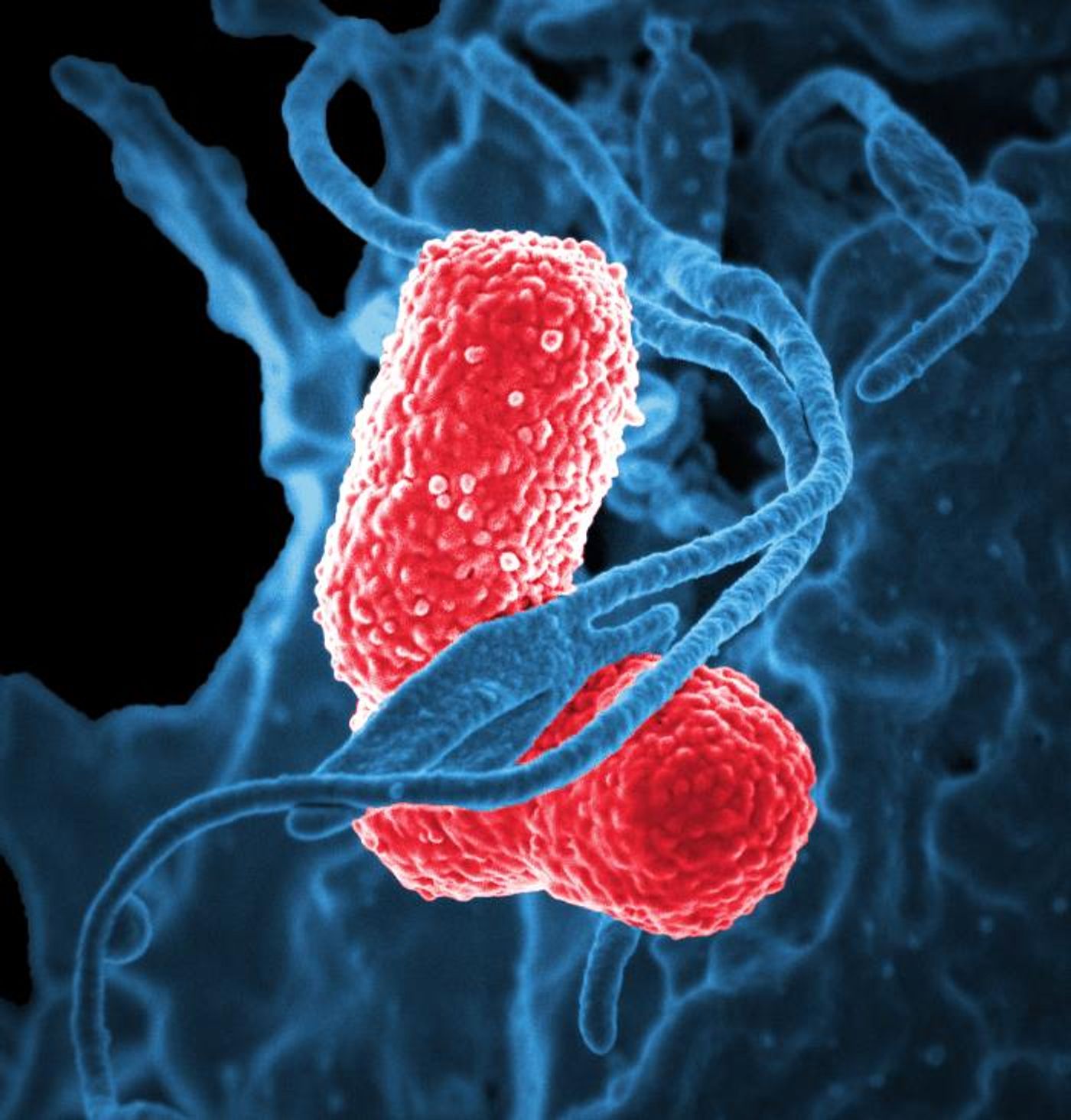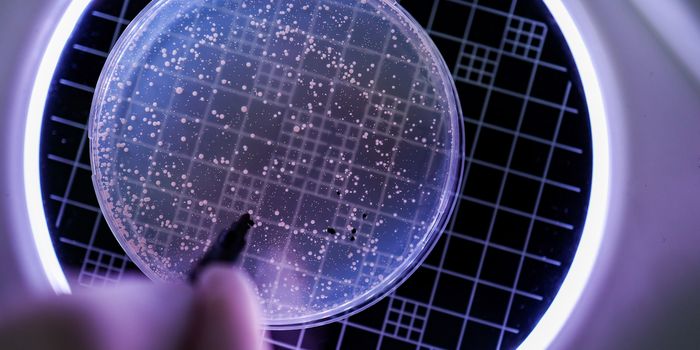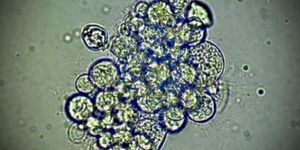A Totally New Class of Antibiotics is Being Developed
Antibiotics are frequently used drugs that can eliminate and prevent bacterial infections. They might be used in the acute phase of an infection, or to reduce the likelihood of complications after surgery, for example. But antibiotics have become far less effective in recent years as many bacteria have evolved ways to evade these important medications. Experts are warning that antibiotic-resistant infections already lead to the deaths of over a million people around the world every year, and that number is expected to rise. Finding new antibiotics can be a painstaking, expensive, and time-consuming endeavor as well, and there aren't many new options for treating antibiotic-resistant infections.
But scientists have now discovered a new class of antibiotics. Preliminary tests have shown that these drugs can destroy bacteria infecting the bloodstream of a mouse model. While more tests will be needed before these antibiotics can be used in people, this is an important early step in the process of creating a new drug. The work has been reported in the Proceedings of the National Academy of Sciences (PNAS).
This novel class of antibiotics works by targeting a bacterial protein called LpxH, which is important to the construction of the outer membrane of a type of bacteria known as Gram-negative. Most, but not all Gram-negative bacteria have an outer membrane that includes a large molecule called lipopolysaccharide, and Lpxh is essential to the biosynthesis of these membranes.
Some of the nastiest bacterial pathogens are Gram-negative bacteria with lipopolysaccharide membranes, like Escherichia coli and Klebsiella pneumoniae, which have also already become resistant to many antibiotics. (While not all strains of these bacteria are pathogenic, some cause serious, life-threatening infections.)
The researchers are hopeful that since this is a totally new class of compounds, and there are no existing drugs that target the Lpxh protein, there won't be any bacteria carrying resistance to these drugs.
This does not mean the bacteria can never develop resistance, but that will take time. It also makes these drugs different from some newer antibiotics that are now being developed, which are simply members of groups of compounds that already exist, and which may be more likely to become ineffective, because bacteria have encountered their kind before.
This effort was part of the ENABLE project, which includes scientists from Uppsala University and the pharmaceutical company GlaxoSmithKline. A follow-up project called ENABLE-2 will continue to develop this class of drugs.
Sources: Uppsala University, Proceedings of the National Academy of Sciences (PNAS)



![[Guide] 7 Strategies to Boost Laboratory Collaboration](https://d3bkbkx82g74b8.cloudfront.net/eyJidWNrZXQiOiJsYWJyb290cy1pbWFnZXMiLCJrZXkiOiJjb250ZW50X2FydGljbGVfcHJvZmlsZV9pbWFnZV83YzBjZWIwM2Y5YzI4MmFlYzBhZDZhMTcyNTQ1ZGU3YmE4Y2MzMDYyXzUxNDkuanBnIiwiZWRpdHMiOnsidG9Gb3JtYXQiOiJqcGciLCJyZXNpemUiOnsid2lkdGgiOjcwMCwiaGVpZ2h0IjozNTAsImZpdCI6ImNvdmVyIiwicG9zaXRpb24iOiJjZW50ZXIiLCJiYWNrZ3JvdW5kIjoiI2ZmZiJ9LCJmbGF0dGVuIjp7ImJhY2tncm91bmQiOiIjZmZmIn19fQ==)





